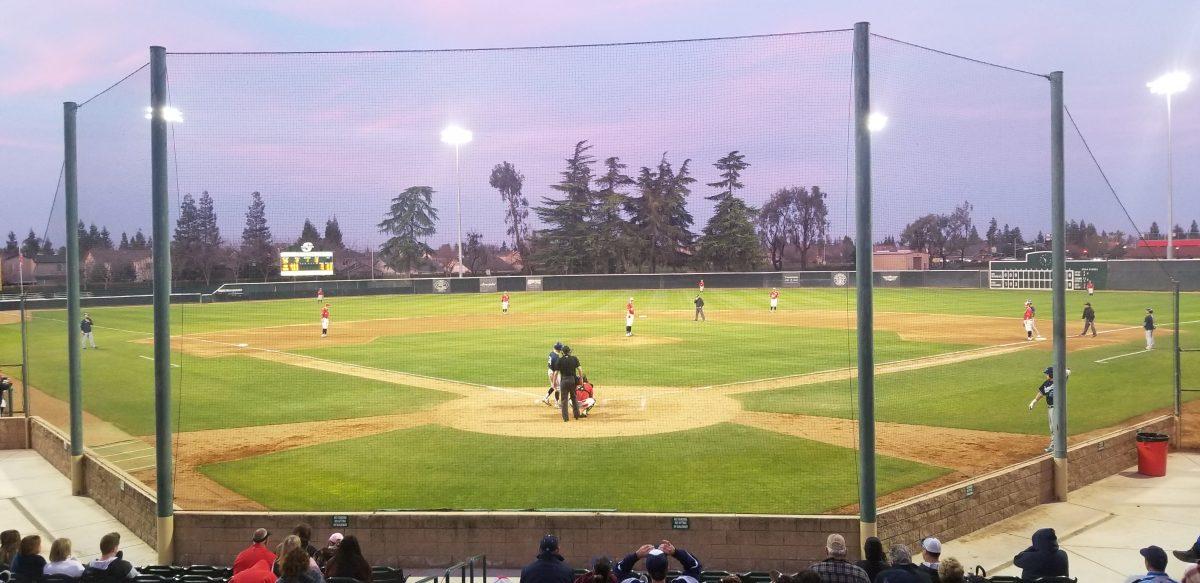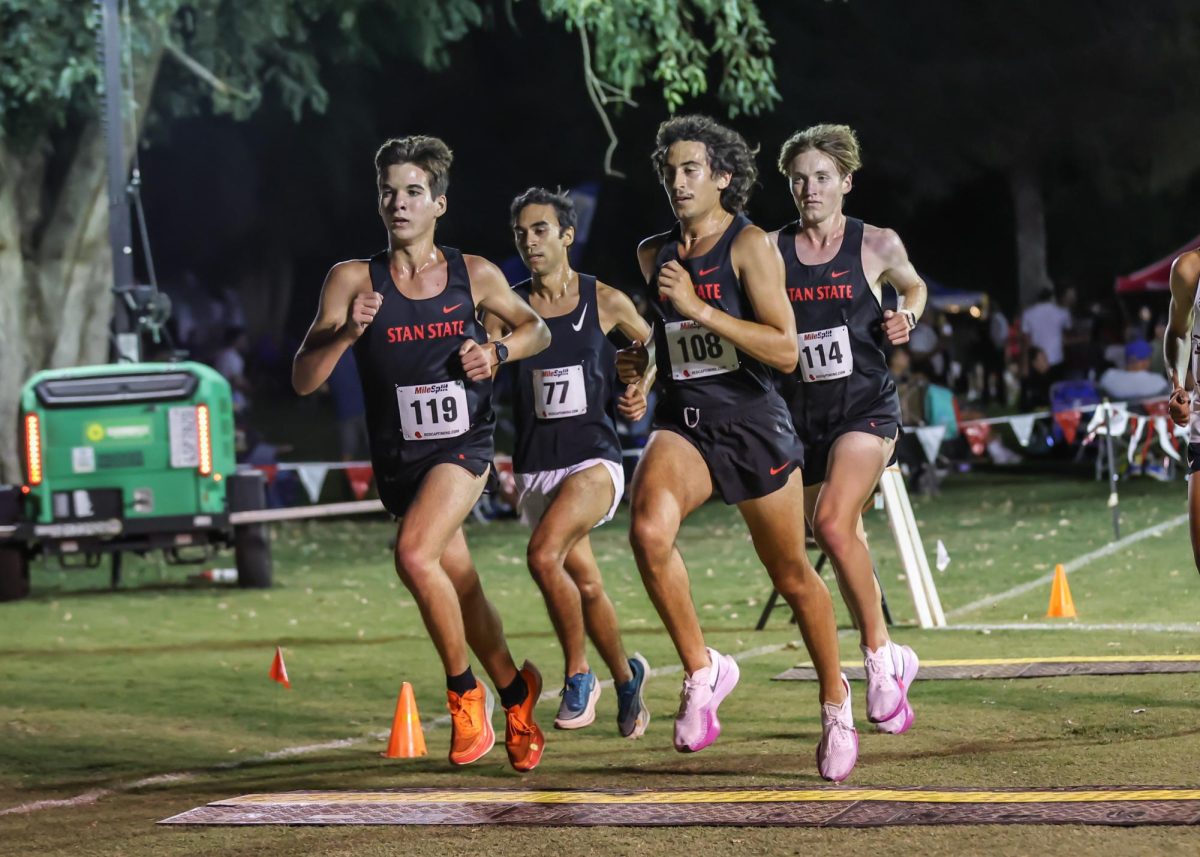The coronavirus has affected lives in more ways than one since it arrived in the United States on January 21 of this year. Not only are thousands of people falling terribly ill and losing their lives, but many people are also losing their businesses and jobs.
It is often forgotten that sports franchises are also businesses that employ thousands of people. During these trying times, all sports organizations are seeing massive revenue losses due to the lack of paying fans in the stands, including Minor League Baseball. On June 30, it was announced that the 2020 minor league season is officially cancelled.
The announcement is something that many sports fans expected for several reasons. First of all, it was such a long struggle for Major League Baseball, team owners, and their players to finally reach an agreement to play a shortened, 60 game season. With nearly 261 minor league teams and over 8,000 players under contract, it would’ve been incredibly difficult to keep all 8,000 players and other team employees safe and healthy. Even if it was somehow possible to keep all members of the 261 minor league affiliates safe, the number one priority for top baseball officials, including MLB commissioner Rob Manfred, is the major league season.
This doesn’t come as a surprise to those who have been keeping up with the contract negotiations between the MLB and Minor League Baseball for the past few months. With the contract between MLB and Minor League Baseball expiring at the end of the year, Manfred has made it clear that he wants there to be only 219 minor league teams starting in 2021, 42 less teams than what there is now. Not only that, but Manfred has proposed a 150 player-per-organization limit. Major League Baseball subsidizes minor league affiliates, giving them a major advantage in the contract negotiations. The decision to cancel the 2020 minor league season has put the future of minor league baseball as a whole in even more danger than what it already was.
Before Tuesday’s announcement of the 2020 season being called off, and well before the pending decision regarding the future of the 42 minor league teams in question for the 2021 season, the COVID-19 pandemic and the major revenue losses it had produced has already led MLB organizations to release the contracts of hundreds of their minor league baseball players. Two of those players were Stan State alumni: 2015 Chicago Cubs draftee Marcus Mastrobuoni and 2019 Oakland Athletics draftee Chase Wheatcroft.
“It is unfortunate that MLB organizations have released so many talented players due to COVID-19,” says Stan State head baseball coach Kenny Leonesio. “Obviously, I feel terrible for Marcus and Chase, but I hope that when MiLB is able to resume that someone will pick them up as free agents.”
As Leonesio referred to, being released while in the minor leagues usually isn’t the end of the road for some players and their professional baseball careers. Many times, there is the possibility of another team being interested in that player’s potential and choosing to sign them to another contract. That may not be the case for players that were released this year, though. With no season being played and franchises already losing a large portion of their revenues, teams aren’t expected to hand out contracts to minor leaguers, even if it’s for the league minimum.
There are also the players who don’t get signed to another minor league contract right away. Instead, these players may have to play in an independent league or in another country in hopes of performing well enough to convince a major league organization that they are good enough to be signed. That can’t happen right now, either. The only organized baseball being played in the entire world is in South Korea, and that league is already well into their season and teams aren’t looking to sign a ton of players right now. Say an overseas team actually would be actively searching for players, many players here in the United States would more than likely not be willing to leave their families and travel halfway across the world in the middle of a pandemic.
For those minor leaguers who weren’t released by their teams earlier this year and still have a roster spot, the loss of an entire professional season is still extremely critical. In many instances, one good professional season can make all the difference when it comes to moving up in a team’s minor league system and hopefully earning themselves a promotion to the majors or getting an invitation to spring training.
Minor League Baseball’s cancellation takes away opportunities for players to gain professional experience, improve their skills and performance, and lowers the chances for promotions. Getting experience, improving their skills, and moving up through the minor league system quickly is especially crucial right now since many Rookie level minor league affiliates may become extinct because of Manfred’s proposals. If a player has not already proved themselves to scouts or worked themselves up in the minor league system, and it is decided that there will only be 219 minor league baseball teams going forward, their careers in professional baseball could be over in an instant as there would be no jobs open to them.
Starting your professional baseball career in the lower levels of minor league baseball has been a common and successful path for countless household names in Major League Baseball, including Los Angeles Dodgers star and reigning MVP Cody Bellinger. Every minor league season and every minor league game is a huge opportunity for a baseball player to prove themselves. Being a minor league baseball player can be a long grind towards their ultimate goal of playing on a major league team, and the lack of a 2020 season will only make it harder for players to achieve that goal.
No minor league baseball in 2020 may very well be a foreshadowing event for many minor league ball clubs and their communities. At the time of this writing, coronavirus cases are steadily going up across the nation. If the pandemic continues into next baseball season, the continuous loss of revenue for MLB organizations could lead to a second wave of releases for hundreds more minor leaguers. If Manfred and MLB follow through with their plans of eliminating 42 minor league teams and organizations continue to release large numbers of their minor league players, a domino effect leading to the disbandment of even more minor league teams is very possible.
At Stan State, there has always been talent on the baseball diamond that has proven worthy for the MLB Draft and professional baseball. Stanislaus State has had 20 alumnus get signed by a major league organization and play professional baseball in either the minor or major leagues, the most recent being 2018 Tampa Bay Rays draftee and top prospect Joe Ryan. If it is decided that there will be fewer teams in minor league baseball and the 150 player-per-organization limit is approved, there will be less roster spots in the minors for Stan State players to fill.
Additionally, collegiate teams had their 2020 seasons cut short with about two months left in the season, excluding the playoffs. Without a long collegiate season, players didn’t have a chance to prove to professional scouts that they have what it takes to be taken in the draft or sign a professional contract as a free agent. On top of that, the pandemic forced the 2020 MLB Draft to be limited to only five rounds, compared to the usual 40 rounds.
Whether any Stan State players missed out on a chance to turn pro because of the pandemic and the shortened 2020 draft is hard to tell for Leonesio. “The less you play, the less chances an MLB scout has to see you,” Leonesio explained. “It only takes one scout to see something he really likes in a player and that can make all the difference.”
Because of minor league teams being at risk of being eliminated and the proposed limit on the number of roster spots within an organization, MLB would likely have to eliminate several rounds of the draft, even without there being a pandemic. All of these things make the chances of Stan State baseball players being able to continue their baseball careers become slimmer.
“I would like to see them (Major League Baseball) keep as many minor leagues teams as possible,” Leonesio said. “There have been numerous great MLB players who were taken very late in the draft or as free agents who would have never gotten that chance if not for high number of minor league teams. This will limit opportunities for all college teams.”
An official agreement between Major League Baseball and Minor League Baseball must be made before the end of the 2020 MLB season, which is at the end of October.
Categories:
COVID-19 and MLB Are Putting the Future of Minor League Baseball at Risk: What Does It Mean for Stan State Players?
Christopher Correa
•
July 17, 2020
0
Donate to Signal
Your donation will support the student journalists of California State University, Stanislaus. Your contribution will allow us to purchase equipment and cover our annual website hosting costs.
More to Discover







